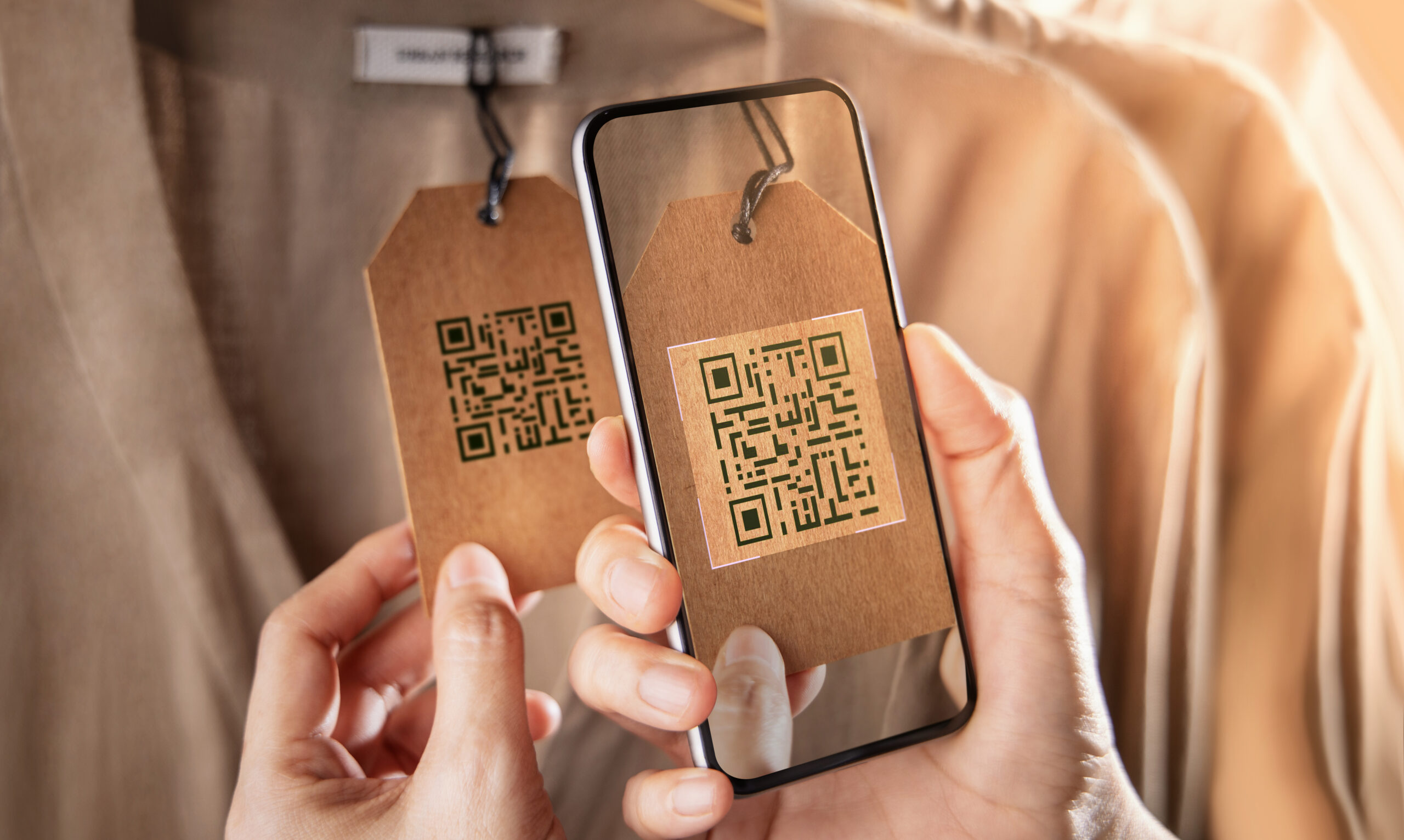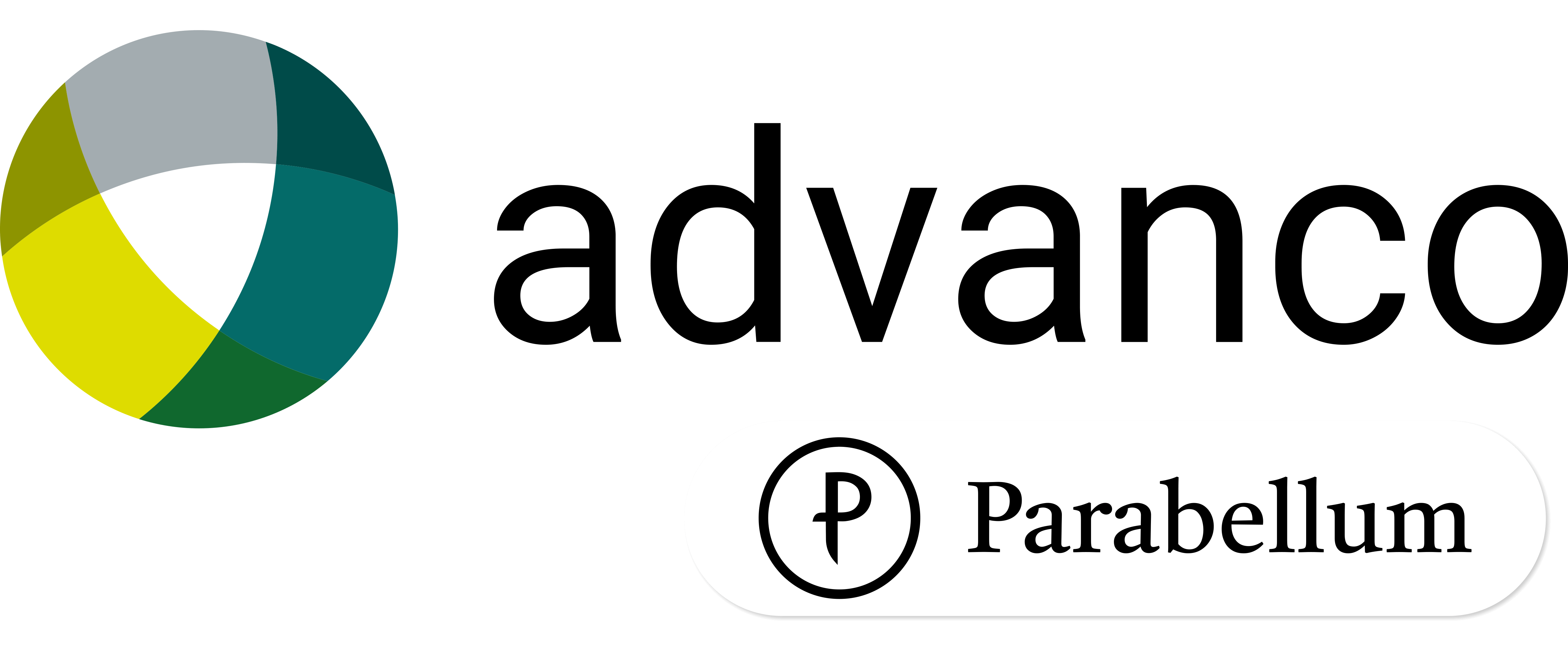Brand authentication – different methods for different sectors
Terminology such as accountability, authentication, and traceability have long been synonymous with the highly regulated pharmaceutical sector.

After all, serialization solutions, and track-and-trace technology, have become vital weapons as front-line defense against those who produce counterfeit medicines, a problem that shows no signs of abating, and one which continues to claim thousands of lives every year.
The evidence shows that the importance of serialization for the pharmaceutical sector has not yet peaked. In fact, with regions such as the Middle East only recently making serialization part of their legislative landscape, and with regulations tightening across the world, all signs are that serialization is become even greater in demand.
However, authentication is becoming an increasingly important tool for other sectors too. This is especially true of the food sector which is increasingly expected to be able to easily prove the provenance of their goods to increasingly savvy and demanding consumers.
For the uninitiated, authentication can seem daunting. It is, after all, an incredibly complex field, driven by specialist technology. Those who work within it are experts in their field, with many years of experience behind them. However, authentication methods are something that the entire business community – not just pharmaceuticals and food – must increasingly be aware of, especially as we move into the technology-driven fourth industrial revolution era, or Industry 4.0.
Serialization powered by regulation
The global pharmaceutical industry is comprised of multiple, competing firms which face a strong demand for their products. Add to this the ease in which many forgers can make pills and liquids that look remarkably like the real thing, and you begin to see why the sector is particularly vulnerable to counterfeiting.
It is estimated that some 10 per cent of pharma products worldwide are counterfeit, resulting in up to one million deaths each year. Furthermore, the global counterfeit drug market is estimated to exceed $75 billion.
This, coupled with the fact that the pharmaceutical sector is one of the most heavily regulated sectors in the world, means that serialization and the pharmaceutical sector fits naturally together, with drug manufacturers not being able to function without watertight serialization systems providing an essential safety net.
Governments across the world quite rightly understand that absolutely nothing can be left to chance when it comes to the production of pharmaceuticals and medical equipment designed to enhance and save the lives of the population.
The pharmaceutical market has, therefore, put serious effort into doing all it can to protect those of us who rely on medicines for a better quality of life. Indeed, to provide just a single, solitary example as dictated by pressures of space in this article, in the United States, all pharmaceutical companies selling prescription drugs are required to serialize each drug unit to aid tracking from manufacturer to pharmacy or doctor’s office, according to the 2013 Drug Supply Chain Security Act (DSCSA)
Therefore, the nature of a fragmented pharmaceutical sector, backed up by government regulation that demands full confidence that the medication we are taking is the bone fide product, means that serialization and the pharmaceutical sector have become synonymous with each other.
However, other sectors, especially luxury goods and food, are increasingly seeing serialization as essential when it comes to protecting their brands. Will the uptake of serialization by other sectors be a simple affair? Will the same methods that the pharmaceutical sector uses work for them?
Luxury goods
In addition to the highly regulated nature of pharmaceutical production, it is worth highlighting that the cost of medicine production is vast.
When you combine the research and development, production, sourcing the necessary equipment and chemicals, obtaining regulatory approval, etc. then it is easy to see why the cost of drugs can be so huge, both on a financial footing, and on an emotional footing, with the hopes of hundreds of thousands of people often resting on the roll-out of a particular new treatment
When you compare the serialization systems needed to authenticate these expensive and highly regulated pharmaceutical products with alternative authentication systems being adopted by other sectors, it is important to understand that these alternative systems are not always required to deliver such watertight results.
If a particular sector can operate without complicated regulatory scrutiny, but would still like to authenticate its products, does it need full-blown serialization track-and-trace systems, or will less sophisticated methods suffice?
As an example, luxury goods producers are increasingly turning to authentication methods. In response to fraudsters increasing turning out counterfeit goods that are becoming harder to spot, luxury brands are looking at how they can prove, beyond all reasonable doubt, that their goods are the genuine article.
While serialization is, of course, one option for this, luxury brands might want to consider holograms – which could be designed exclusively for each brand, and even add a new dimension to their overall image. Certainly, the technology exists to produce holograms in any shape, color, or size, they can also be applied to clothes, metal, or plastic.
The crucial role of such a hologram is to reassure consumers that the overall product is the real thing. It doesn’t need to be so exact as the methods used by the pharmaceutical sector. The level of intricacy needed by medicine manufacturers, which need to trace every single ingredient and all stages of the supply chain, is not needed by luxury goods producers who merely need to satisfy the end consumer immediately that the product is genuine.
Furthermore, holograms will work out cheaper in the long run, simply because there is no regulatory demand on their function. Whereas barcode-driven pharmaceutical track-and-trace systems need ever-evolving equipment, systems, and specialist staff to operate them on an international level, there are currently no regulatory pressures faced by luxury brands.
The food sector
Food and beverage producers do not currently come under such extreme government-driven regulatory pressure as the pharmaceutical sector. However, this may well change in coming years – especially for specific products, such as baby food and formula, dairy products and fresh meat or fish.
Methods other than track-and-trace technology are suited to the food sector of the present time. Examples include banderole packaging, which can be designed especially for individually shaped food items, featuring a large printing surface, so manufacturers can provide extra product information. Barcodes and QR codes also provide a suitable, current, option for the food sector.
However, if it does come under increasing regulation in the future, expect to see sophisticated serialization technology becoming increasingly adopted by food manufacturers. After all, the necessary tools are already in place, such as the ability for serialization systems to operate in temperatures of up to minus 80 degrees for Covid vaccines, meaning these will easily be able to be deployed to the frozen food market. Indeed, the food sector may well have a lot to be thankful to the pharmaceutical sector for in coming years, as it has put into place many such operational systems that should – theoretically – be able to be applied to food and beverage products.
Conclusion
Serialization and the pharmaceutical sector go together, largely because of the highly regulated nature of the industry. Together they have led the way when it comes to authentication methods and have provided a solid case study for other industries that are considering the use of alternative authentication options for themselves.
Industries that aren’t as highly regulated, such as the luxury goods market, may not need such sophisticated authentication methods, and they can turn to alternatives other than track-and-trace. However, the food sector provides a useful one to monitor. We are likely to see it facing increasing scrutiny and regulation in coming years – so watch this space for the future of food and track-and-trace serialization.



